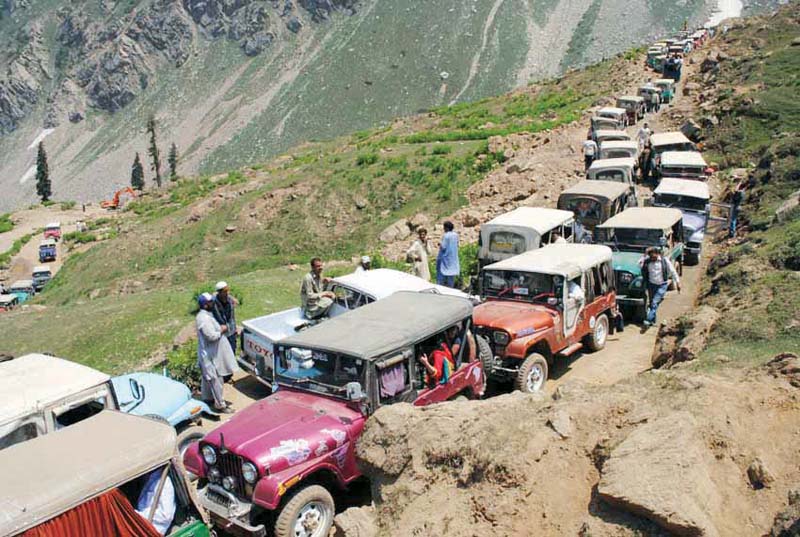Hitman
Test Debutant
- Joined
- Feb 25, 2013
- Runs
- 13,462
I give you my word, I'm not at all creating a troll thread. I'm making this thread because I want to know the true facts from people who know them. Not the ones fed to the world by the media.
Things were really horrendous in Pakistan till about 4 years back. But things have really, really changed for the better since then. And I'm honestly glad that they have changed for the better.
One of the biggest attractions for tourists visiting India are those historical places and monuments. I have been an avid fan of visiting historical monuments ever since the age of around 15. They fascinate me like nothing else does.
Likewise, Pakistan too has lots and lots of historical places and monuments. I have lost count of how many such monuments and places exist in Pakistan. It surely is a huge, huge attraction for people like me.
The only reason that might have held back tourists from visiting Pakistan from the 2000 was because of the condition the country was in.
But things have changed dramatically for the better in the last 4 years or so.
So how is the tourism industry currently in Pakistan? Has it revived back to how it was in the 70's and 80's?
Things were really horrendous in Pakistan till about 4 years back. But things have really, really changed for the better since then. And I'm honestly glad that they have changed for the better.
One of the biggest attractions for tourists visiting India are those historical places and monuments. I have been an avid fan of visiting historical monuments ever since the age of around 15. They fascinate me like nothing else does.
Likewise, Pakistan too has lots and lots of historical places and monuments. I have lost count of how many such monuments and places exist in Pakistan. It surely is a huge, huge attraction for people like me.
The only reason that might have held back tourists from visiting Pakistan from the 2000 was because of the condition the country was in.
But things have changed dramatically for the better in the last 4 years or so.
So how is the tourism industry currently in Pakistan? Has it revived back to how it was in the 70's and 80's?









